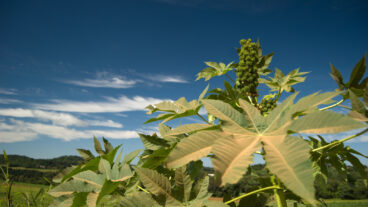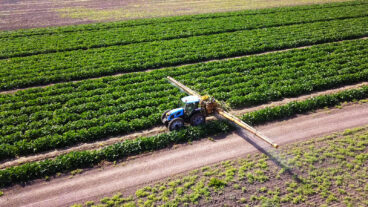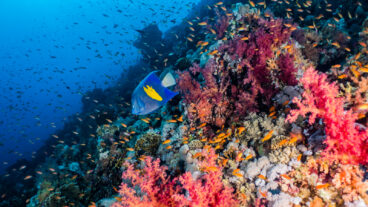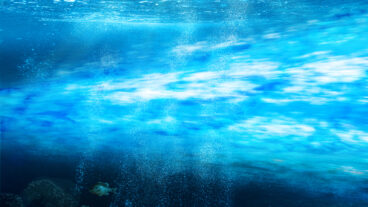By analyzing the rate of photosynthesis in algae, the researchers can discover whether the plant realizes its full photosynthesis potential.
Israeli researchers have developed an effective method for locating and measuring contamination in water by ‘listening’ to the sound that algae releases into the water.
The groundbreaking development by scientists at Bar Ilan University’s Faculty of Life Sciences is based on measurements of the level of photosynthesis in aquatic plants and uses a special aquatic microphone to pick up sound waves.
By analyzing the rate of photosynthesis (the process of converting sunlight into energy) of plants growing in the water, the researchers, Prof. Zvy Dubinsky and Dr. Yulia Pinchasov, can discover whether the plant realizes its full photosynthesis potential.
When a plant does not reach its potential, this indicates that something is wrong in its growth environment.
The researchers radiate a green laser beam on the aquatic plant. A plant that hasn’t realized its full photosynthesis potential will use part of the laser light, converting it into energy, with the rest being converted into heat. This heat causes the water to expand and therefore produce a change in pressure, which is actually a sound wave that can be picked up by a hydrophone – a special microphone designed for the water.
Based on the quantity of light energy that is converted into heat and sound, the researchers can easily calculate the remainder that has been absorbed by the plant, and use this to learn about its condition.
A plant suffering from lead poisoning, discharged as waste into water sources from battery and paint manufacturing plants, will produce a different resonance to that of a plant suffering from lack of iron, or to that of a healthy plant.
By using this method, which was highlighted recently in a number of scientific journals including Hydrobiology Journal, the researchers can detect at an early stage the contaminants and toxins that harm flora and fauna.
Early detection of toxins in drinking water supplies is vital. Around the world, drinking water is constantly monitored by the authorities to detect contamination and any decline in quality.
This new method, which began as a doctoral project by Dr. Pinchasov in Prof. Dubinsky’s laboratory, could be used to replace today’s outdated measurement methods, such as marking the plant’s growth substrate with radioactive carbon, or measuring the quantities of oxygen emitted by the plant.
The researchers, who are now examining the photosynthetic activity of deep-sea creatures, claim their development is more effective than traditional methods in identifying the source of contamination as in assessing the living conditions of aquatic plants.












